A Full Month of Power on the Wrist – Hands-On with the A. Lange & Söhne Lange 31

For the average automatic or hand-wound watch, a power reserve longer than 3 days is already quite comfortable. Yet, some watches can do more… A week? Easy. Over 10 days? It exists. But what if your watch was able to run for a full month, without the need for you to wind it? Clearly, this would be massive – and it would be the same kind of useless necessity that is offered by a Bugatti Chiron and its 1,500bhp engine… Such a powerful watch exists and it’s called the A. Lange & Söhne Lange 31. And while it is not a proper novelty, the recently introduced white gold/grey dial version is the occasion for us to look back at this monument, and to all the issues that go along!
The length of the power reserve on a watch can be seen at first as just another number. Yet, it has to be regarded as something a bit more important than that. While on automatic watches, the length of the power reserve might not be so important at first (as when the watch is worn, it should be fully wound most of the time), it only makes sense if you wear this watch on a daily basis. What if you have more than one watch? The need to wind regularly them will be required. And this is even truer when it comes to hand-wound timepieces because you know… hand-wound means going back to this futile (yet pleasant) morning ritual! For this reason, having a watch with over 72 hours of power reserve is a considerable benefit, for a simple reason. Imagine you have a dress watch for the week. You unstrap it on Friday evening, wear a dive watch for the weekend, and then strap it back on Monday morning. 72 hours are thus enough to ensure that your watch is still running, and to avoid readjusting the time (and the calendar indications if there are some).
Then, of course, brands have decided to do more than only 2 or 3 days of power reserve. For instance, IWC now has 7-day power reserve watches and with Panerai you can even get an 8-day power reserve. This really starts to be quite some power stored in a movement. However, the question is: is it important? No, not more than an 800bhp supercar. At a certain point, we don’t talk about utility anymore, but about achievement, about pushing the limits of what is possible… And that’s what A. Lange & Söhne did with the massively powerful Lange 31.
The “31” indication doesn’t stand for hours but for days…
When it first debuted in 2007, the A. Lange & Söhne Lange 31 was the wristwatch with the longest power reserve available on the market, and the first watch to have 31 days / 744 hours of energy stored in a single movement. Although some others later achieved a massive 50 days / 1,200 hours power reserve (Hublot with their MP-05 LaFerrari) this was only because the movement was stacked with 11 mainspring barrels. In the case of the Lange 31, everything comes directly from a single barrel, although with two mainsprings – and what mainsprings we are talking about… However, such power also implies various issues. Once you’ve stored such energy, the watch must be able to use it and to deliver it to the escapement, in a linear way. This is where the situation becomes properly complex.
As you can see, the barrel occupies at least 70% of the available space
First: storage… How to store 744 hours (or 31 days) of energy in a single barrel, without having a movement sized for a desk clock? Miniaturization has always been one of the main fields of research in watchmaking, and even if the A. Lange & Söhne Lange 31 is a rather massive watch, it remains wearable on the wrist. All this energy is stored by two mainsprings that each measure no less than 185 centimetres uncoiled (approximately the length of an average Joe). In a standard automatic watch, with an approximate 40h power reserve, the single mainspring of the movement is around 25cm-30cm long… Here, the A. Lange & Söhne Lange 31 has a total of 370cm of spring. Yet, the length is not the only issue, as the strength of these springs (mainly guided by their thickness) is much superior to standard mainsprings, all of which allow the Lange 31 to deliver its energy for 31 days.
This was the easiest part. Just like it is not that difficult to produce a 1,000bhp engine, things become more complex if this engine has to fit inside light supercar. The same issue appears here. While A. Lange & Söhne could certainly offer even more power to the watch, such long mainsprings imply a massive barrel – and when seen from the back, the barrel indeed occupies most of the available space in the already large movement (37.3mm wide and 9.6mm thick). This 31-day power reserve was probably guided by a compromise between the achievement itself and the need for the watch to be wearable.
Another issue implied by these massive mainsprings appears when the watch must be wound. In fact, the springs are so strong that a standard winding system by the crown would not suffice… The powerful mainsprings are tensioned with a separate key which inserts in a square socket in a recess of the sapphire crystal back. Its technical features include an integrated backstop ratchet for smooth and easy winding as well as a torque limiter that prevents unintentional overwinding of the springs.
The last issue implied by strong springs is very well known by most of the watchmakers, and solutions exist. In a watch, the longer and the stronger a mainspring is, the longer the power reserve will be. OK, this is easy to understand. Yet, such long springs have a massive drawback: a longer and stronger mainspring brings inevitably a stronger torque to the movement (and if this torque is too high, it can simply break the wheels and pinions of the gear train). Moreover, it also implies a less stable delivery of the torque over the length of the power reserve. The torque tends to fall drastically at the end of the winding capacity, meaning that the escapement will have a lower amplitude, affecting directly the chronometric performance of the watch. And if this problem is already quite complex to solve in a 7-day power reserve watch, then it becomes much more so in the case of the A. Lange & Söhne Lange 31.
A close-up on the constant force device, placed between the twin mainspring barrel and the going train
The solution to achieving a linear torque to the escapement throughout the range of the power reserve is a constant-force escapement. This device, a triangular cam attached to the fourth-wheel arbour and a remontoir spring positioned between the twin mainspring barrel and the going train (visible on our photos above the balance wheel), delivers a constant amount of energy to the escapement every ten seconds. Consequently, the balance always oscillates with the same ideal amplitude. The result is superior precision from the first to the thirty-first day when a limiter mechanism stops the movement.
What about the A. Lange & Söhne Lange 31 itself? No one can deny that it is clearly not the most elegant and restrained A. Lange & Söhne. Indeed, because of the massive movement that is placed inside this watch, the case measures no less than 45.9mm in diameter and 15.9mm in height (meaning the largest diameter in the ALS collection, apart from the ultra-exclusive Grande Complication). Thus, it’s no surprise when strapping this watch on the wrist, it is quite massive. Yet, thanks to short and curved lugs, it remains a wearable piece, which has to be seen as a statement. For 2017, the watch received a new style, with a white gold case and a dark grey dial – which besides the time, also indicates the date and the power reserve.
The finishing of the entire watch is in the vein of Lange’s production: superb. The 3/4 plate of the movement, in German silver, is superbly decorated, the cock bridge is hand-engraved, rubies are inserted in screwed gold chatons… Even the case, the hands and the indexes are worthy of being examined under a loupe.
Altogether, the A. Lange & Söhne Lange 31 has to be seen as “an exercise in style“, a watch made for the sake of performances, to prove that boundaries can be broken and that limits can be surpassed. Certainly not the best daily-beater created by A. Lange & Söhne, it remains a watch that simply proves that watchmaking is also about doing better and more. And for that, the Lange 31 has to be respected. Price: 142,300 Euro – limited to 100 pieces. alange-soehne.com.
Technical Specifications – A. Lange & Söhne Lange 31
- Case: 45.9mm diameter x 15.9mm height – 18k white gold case, polished and brushed – sapphire crystal on both sides – 30m water resistant
- Movement: Calibre L034.1, in-house developed and produced – hand-wound, specific tool to wind the movement – 3Hz frequency, constant force device – 31-day/744-hour power reserve – 37.3mm x 9.6mm – hours, minutes, small second, power reserve, oversized date
- Strap: Dark brown alligator strap, white gold folding clasp
- Reference: 130-039, limited to 100 pieces
- Price: 142,300 Euro

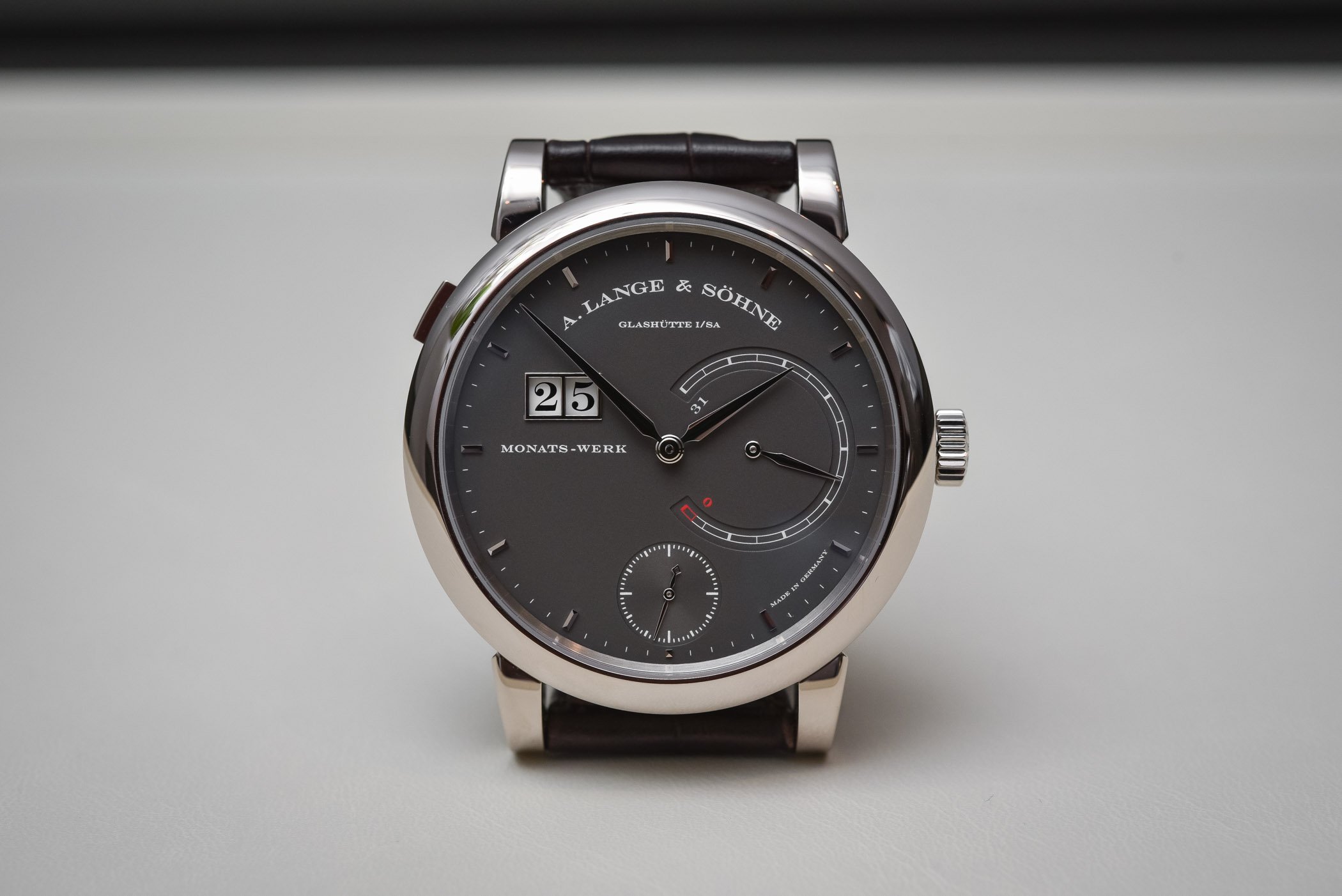
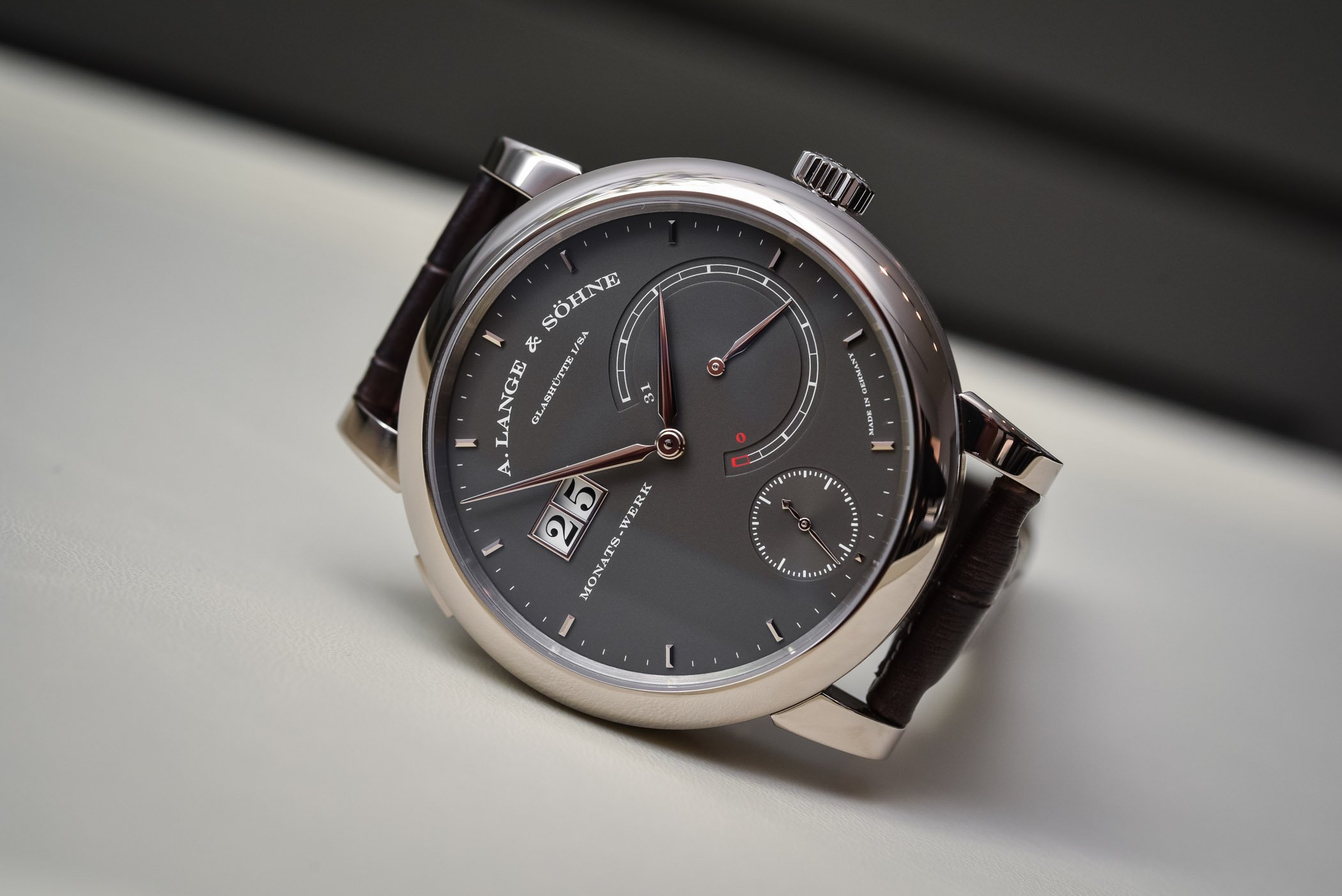
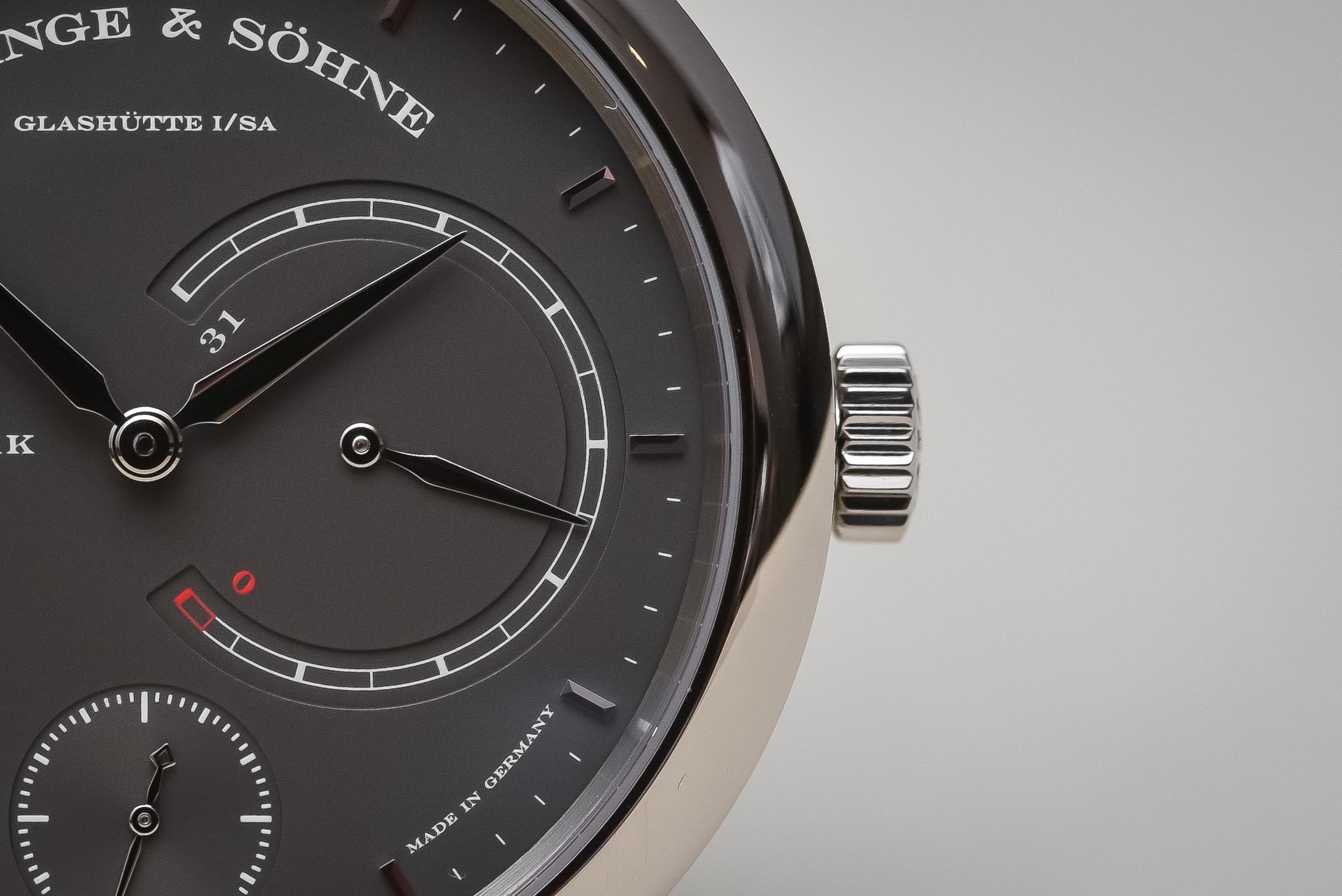
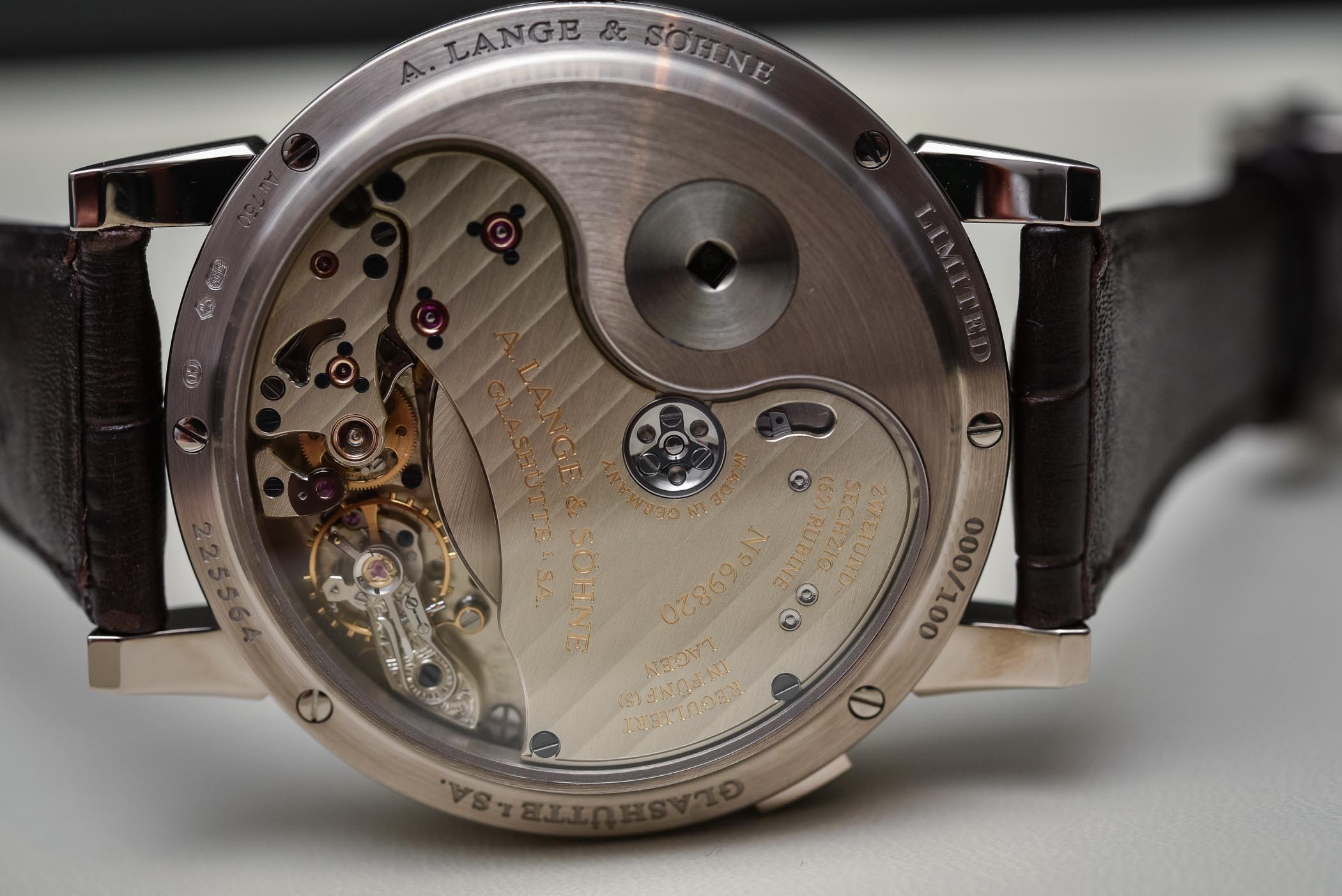
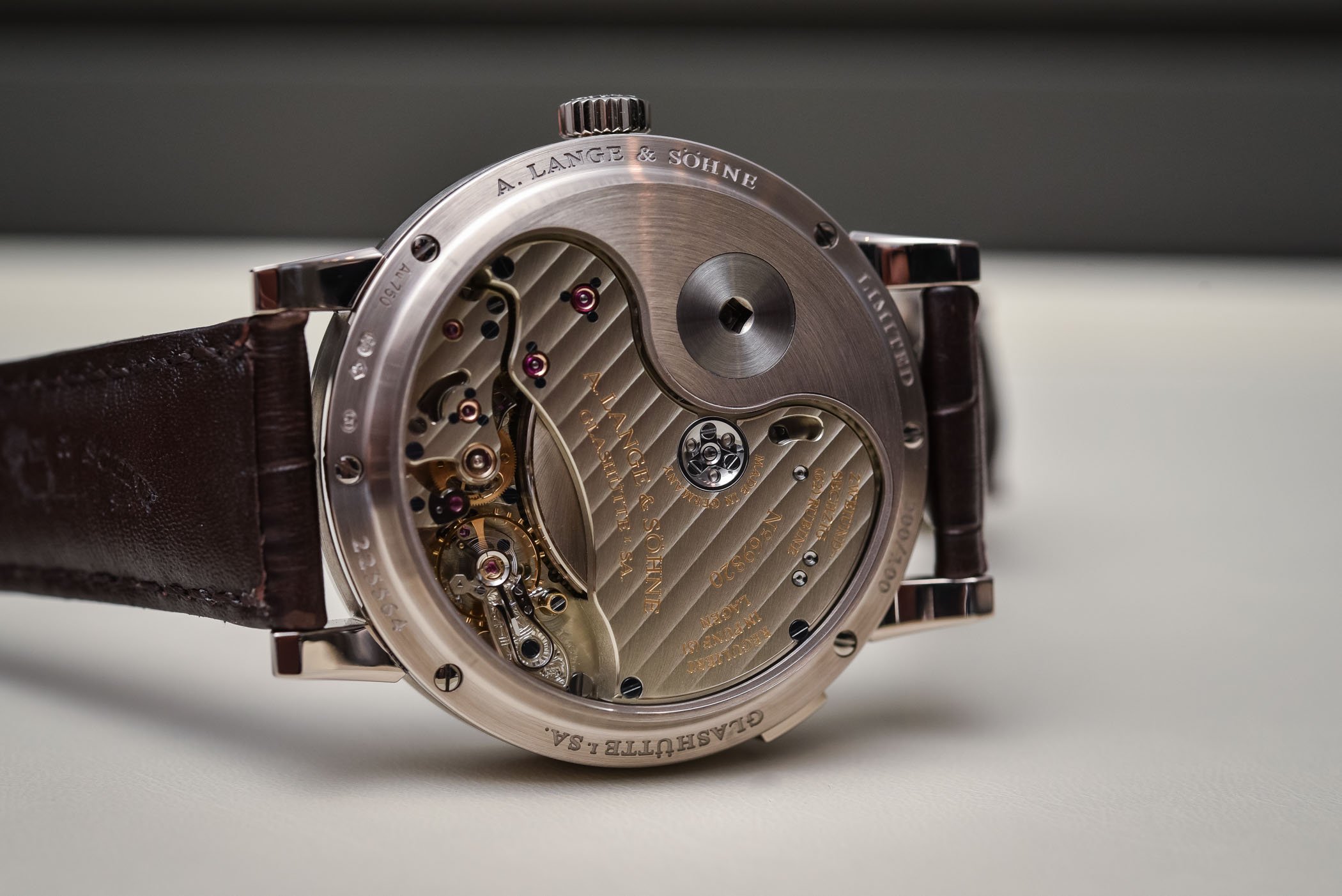


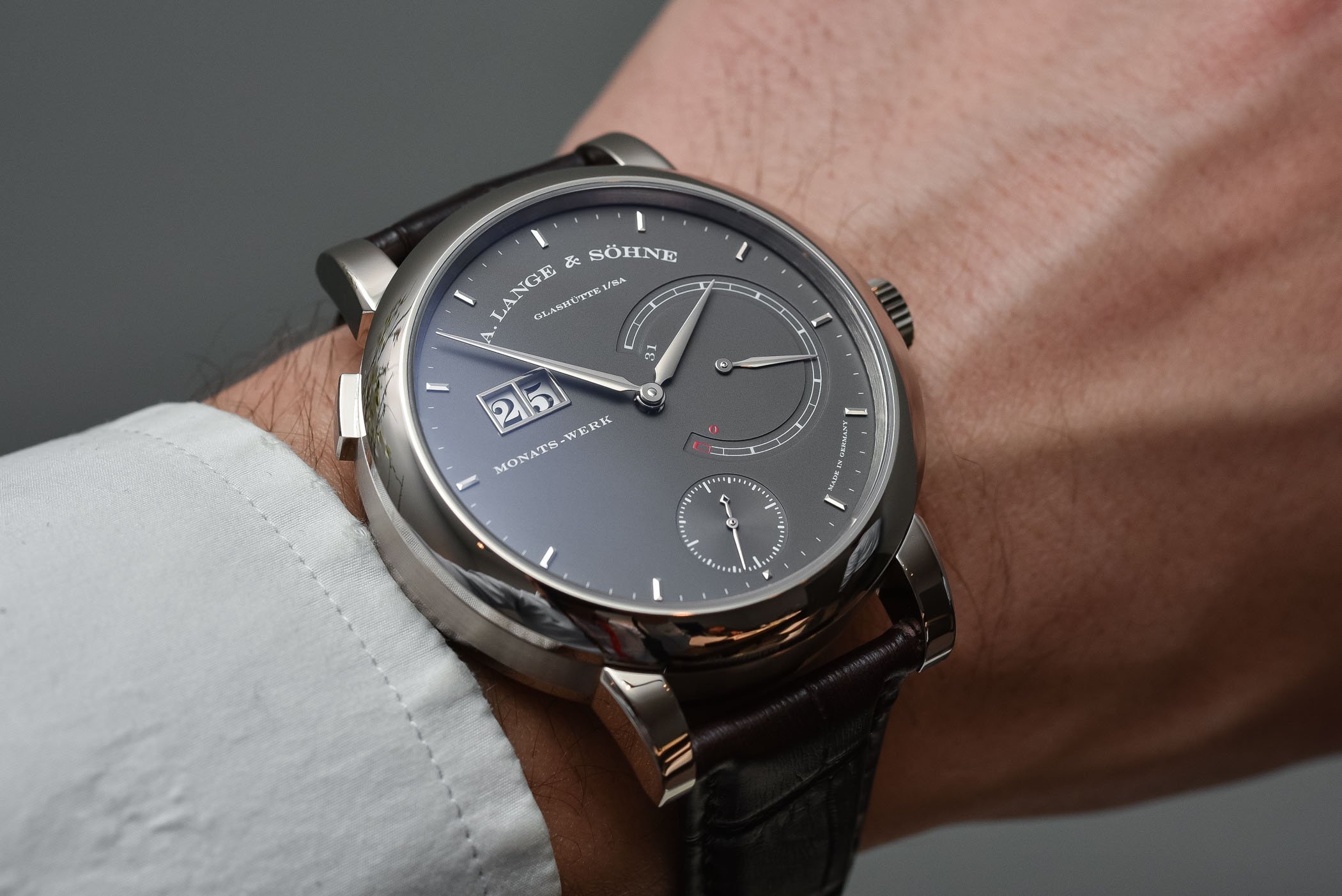
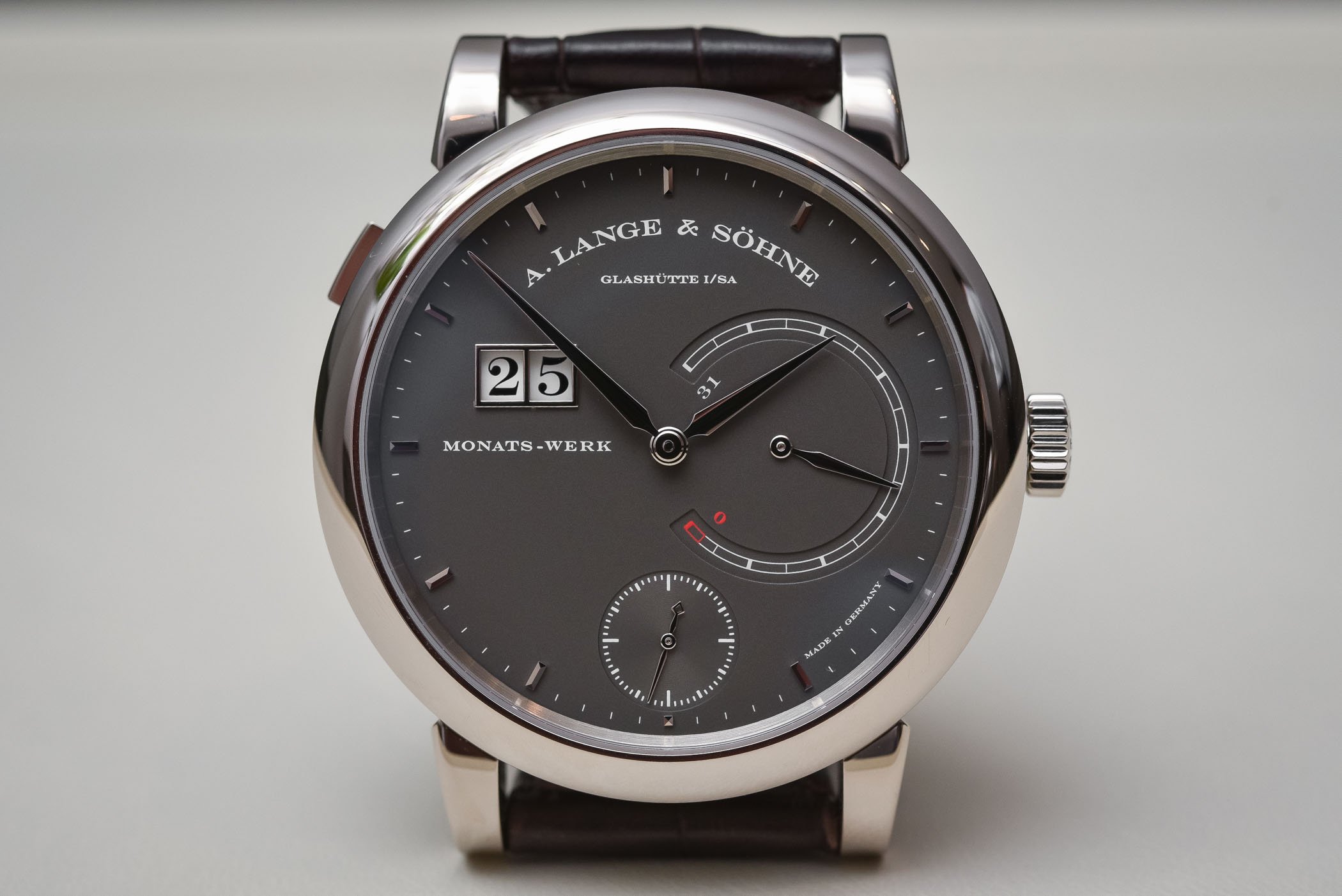



5 responses
ALS does not disappoint. Just wow!
My first thought, obviously, was, “I want this watch!” My second thought – “What does it look like from the side?” How on earth do you not include a photo of that?
Dial is too big, similar in design to the Oris. Interesting development of a month of power without worrying to rewind.
Thank you ,cheered me up on a grey English day.
Like the Chiron, Lange have done it , because they can.
What an achievement, if we could afford it we would all rush to buy one.
Simple, practical, beautiful, what an achievement.